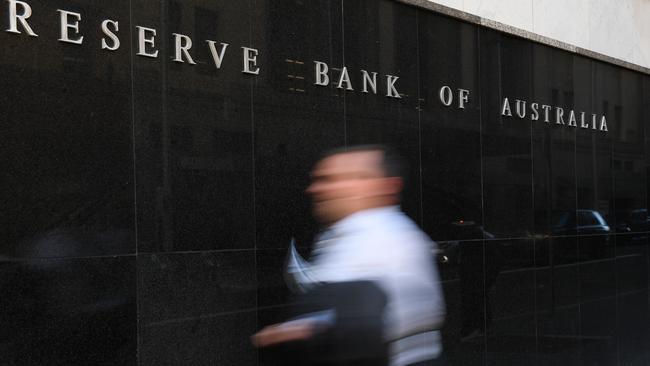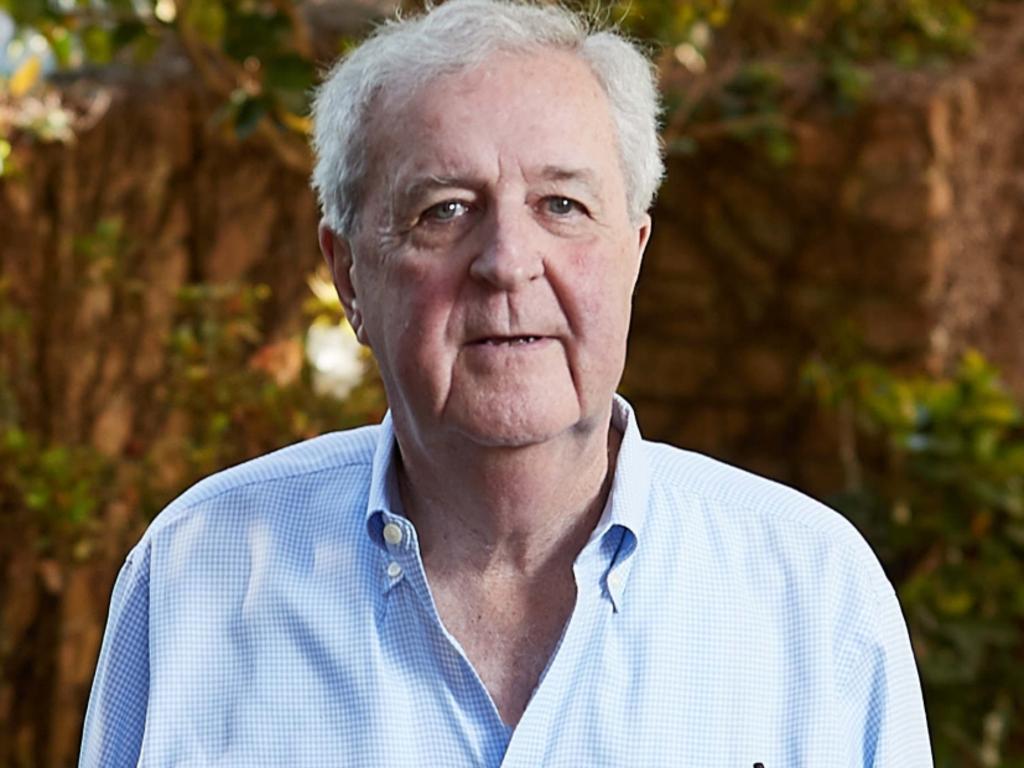
Europe has found that as a result of these fear factors when interest rates get to token or negative levels lowering them further does not have the desired result.
But central banks, like our Reserve Bank, keep doing it because that’s what they have been trained to do.
In the US the Federal Reserve is reluctant to cut further but is under great pressure from President Donald Trump to join the herd because standing alone boosts the currency.
Today, I want to describe how fear is being generated in Australia by the Reserve Bank’s actions and on Tuesday I will look at what we can actually do to stimulate the economy.
We are fortunate that we have a number of stimulatory levers that can be pulled without excessive government spending.
But today let’s go through the fears that are rocking Australia as a result of Reserve Bank actions.
* The fear of home buyers. Lower interest rates do boost house prices and stimulate the building of dwellings. There is no doubt that this latest round of interest rate reductions accompanied by a big rise in non-bank lending has reversed a dangerous situation that had been created in the Australian housing and apartment industry as a result of the severe regulator imposed credit squeeze. But lower rates combined with more money availability
creates a fear, almost panic, among those who don’t have a dwelling that unless they buy quickly they may miss out, as prices will keep rising for ever. The fear of further rate falls is causing almost a desperation in the auctions in eastern states.
This is a dangerous fear for the community because it will create a housing boom that in due course will need to be pricked. Australia needs a strong dwelling building industry but the current interest rates hinder few buyers.
* The fear of the 50-year-olds. People in this bracket are thinking about what is going to happen in their 60s when many had planned to retire. The returns on the interest-bearing sections of their superannuation funds have fallen and may fall further. Big superannuation funds are warning of lower returns. At the same time those in the banking and retail energy businesses and similar service industries are in fear of their jobs because margins are being squeezed and technology change threatens. And so a great many realise they need more savings to cover lower returns. Accordingly, with every interest rate reduction, entitlements to lower repayments on their mortgage are not taken in cash but used to speed up payments. They cut back their spending where appropriate. It’s true that their house prices have risen in value but this group are going to need accommodation for the rest of their lives.
* The fear of the 60-year-olds. Lower interest rates have hit their savings rate and many now know they do not have enough savings to adequately fund their retirement. And so they increase their savings as best they can. Many took out mortgages that will be unpaid when they reach retirement age and the lower returns in superannuation mean that after repaying a mortgage the amount of free superannuation is insufficient to fund retirement. Downsizing becomes important. Many are now planning to work longer if work is available. This new addition in the work force is keeping a lid on wage rises in many areas. The only major exception is the union-dominated public service which in turn boosts the costs of many services.
* The fear of the retirees. Many don’t have the option of working longer so they have to spin out their money or prepare to live on the aged pension. If their assets are just above the aged pension cut-off level or the “no man’s land” there is an incentive to spend their money to live on the aged pension, but that is not a long-term solution. Those that have a dwelling may have a strong asset base but often have meagre income. It creates a lot of internal tension.
* Those who benefit from charities. The charity section of the community is suffering an income reduction in many areas because most of the people in the above list were the major donors, and as the fear factor affects their lives the first and easiest cost reduction to make is giving to charities.
Perhaps the most jovial of all are talented young people who either don’t have big mortgages or have got onto the housing ladder at an earlier age and have strong capital gains without an excessive mortgage. If they have confidence in their employment, they feel in a very comfortable position. But they shop on line, except for cafes and hairdressers.
Australians may be forced to lower interest rates to keep up with the rest of the world but it is important that the politicians and the Reserve Bank understand what is happening in the community and realise that lower interest rates no longer stimulate economies because too many people are affected by the fear factor.
It’s true that greater spending on new apartments and houses plus infrastructure spending does stimulate the economy. Here interest rates work, but there is a limit to the stimulation.
If we want our economy to continue to prosper on a broader front we not only have to be realistic about the damage created by token interest rates but start to think very differently about what we should be doing, and that is subject of Tuesday’s commentary.





Australians, including many in our central bank, are beginning to understand that every time the nation lowers interest rates it increases fear in the community.